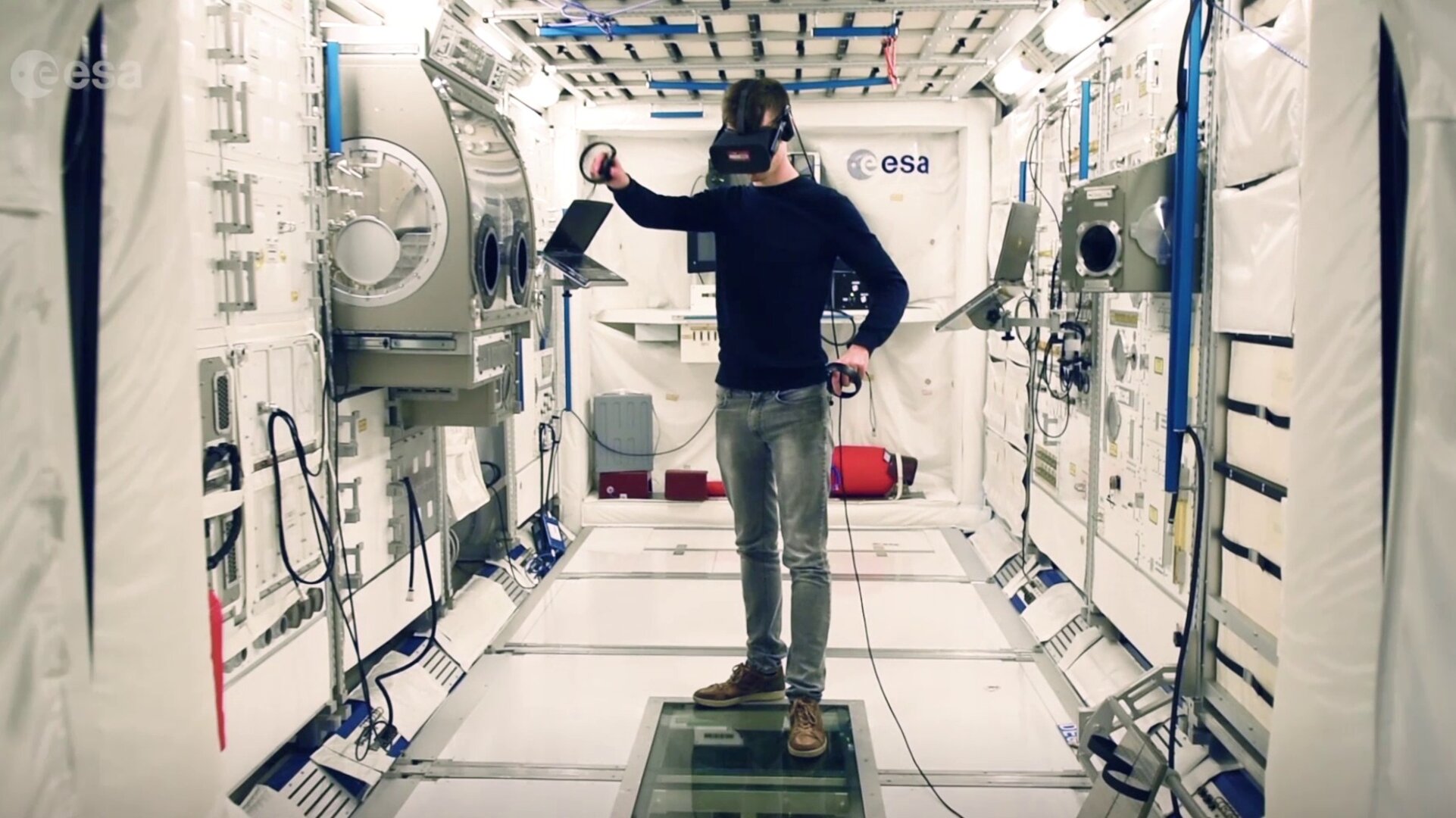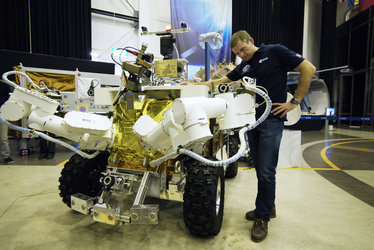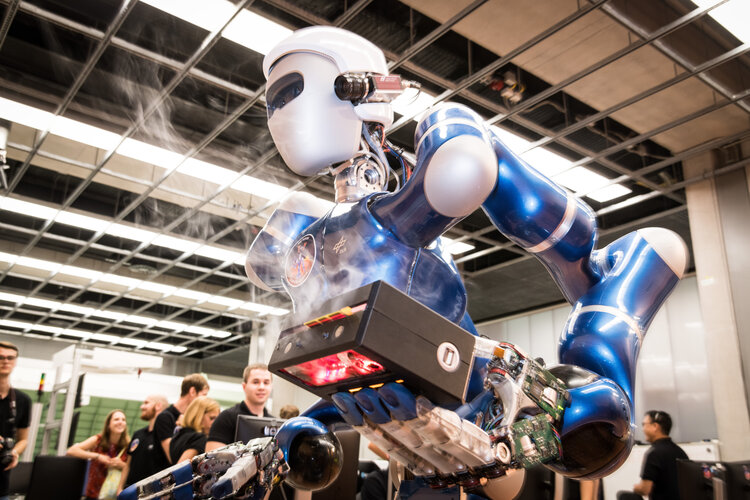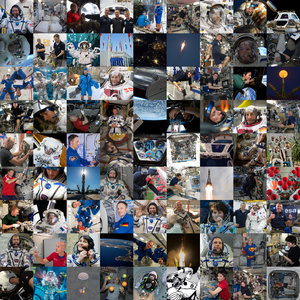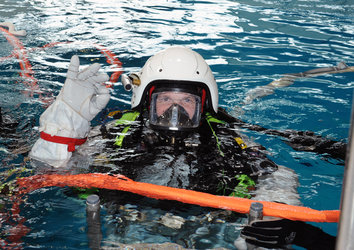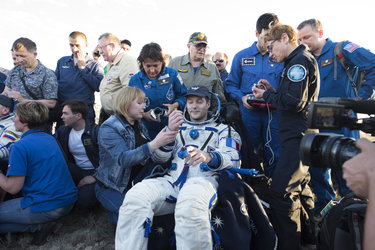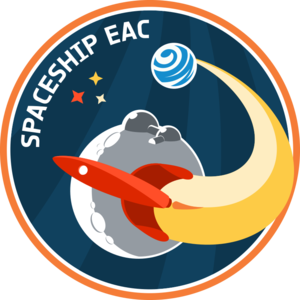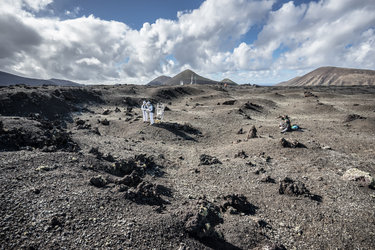A new dimension in robotics
Replicating space conditions on Earth is a challenge, but ESA’s Astronaut Centre (EAC) in Cologne, Germany is bringing them one step closer with a virtual reality application to shape robotic exploration.
Stéphane Ghiste and Lionel Ferra at the astronaut training division began exploring the potential of virtual reality for astronaut training and operations in 2016 and say finding the right balance between functionality and form was vital.
Working with trainee Sander Coene, they developed an application called VORTEX (Virtual Reality Options for Robotics Training EXpansion) that is being used to test how astronauts might work with robotics on the Moon.

“VORTEX currently offers its users two distinct operating options,” Sander says. “You have an initial set-up has you immersed in a space station. You have your screens, you have your controllers and an interface, and from this remote location you work to control a robotic arm on a rover.
“In the alternative set-up, you’re the astronaut on the Moon’s surface. You’re equipped with a mobile work station, which you carry around you like a crane operator. This lets you control the robotic arm while standing right next to it through an interface that gives you the features you need without overloading you with information or functionality.”
Stéphane says VORTEX has gained interest from within ESA and from NASA to expand the platform to benefit training, operations and the wider robotics community. One possibility is to use virtual reality as a teaching tool for International Space Station general robotics training.

“At this stage we’re focusing on the robotics training that astronauts receive, and then a subset of those lessons,” Sander explains. “We’re working to define which elements make sense to teach in virtual reality and which don’t, then developing the ones that show promise, getting feedback and reworking where necessary.”
For Stéphane, this development is an exciting step forward, but it is essential to ensure any work with virtual reality continues to be aligned with ESA’s vision for future exploration.



